Qi2 is one of the biggest things to happen in smartphone charging since MagSafe launched to start off the 2020s. But how does the new, open standard compare to Apple’s own 15W implementation? Below, I explore how the specs line up on paper and how the chargers in each category actually compare from my own hands-on experiences.
Chargers equipped with the new Qi2 standard officially started hitting store shelves in the beginning of the year. CES 2024 was the catalyst towards actually seeing new accessories debut with the technology, and ever since January, we’ve only been seeing more and more of the gadgets go up for purchase.
Since then, we’ve also been reviewing tons of the accessories complete with Qi2. From Anker and Nomad to ESR and some other brands, we’ve been taking more specific hands-on looks at how each individual power bank or charger stacks up. Now, it’s time to get retrospective and check in to see how Qi2 compares to MagSafe. Consider this a state of the union for the iPhone 15 magnetic charging market.
What is Qi2 and how does it compare to MagSafe?
In a lot of ways, Qi2 is a more general adaptation of the same tech that Apple uses for MagSafe. The official MagSafe standard was first revealed alongside the iPhone 12 back in 2020, debuting the company’s new 15W charging standard for the first time. The older Qi technology could already power Android smartphones at up to 15W, but iPhones were historically locked to half of that juice at 7.5W speeds.
Qi2 looks to level the playing field by offering the same 15W speeds offered by official MagSafe, just without having to adopt Apple’s proprietary standard. Both of the two charger lineups have magnetic mounts and also support StandBy mode. So on paper, the Venn diagram of the two is almost a perfect circle. But in practice, there’s pros and cons to each side of the equation.
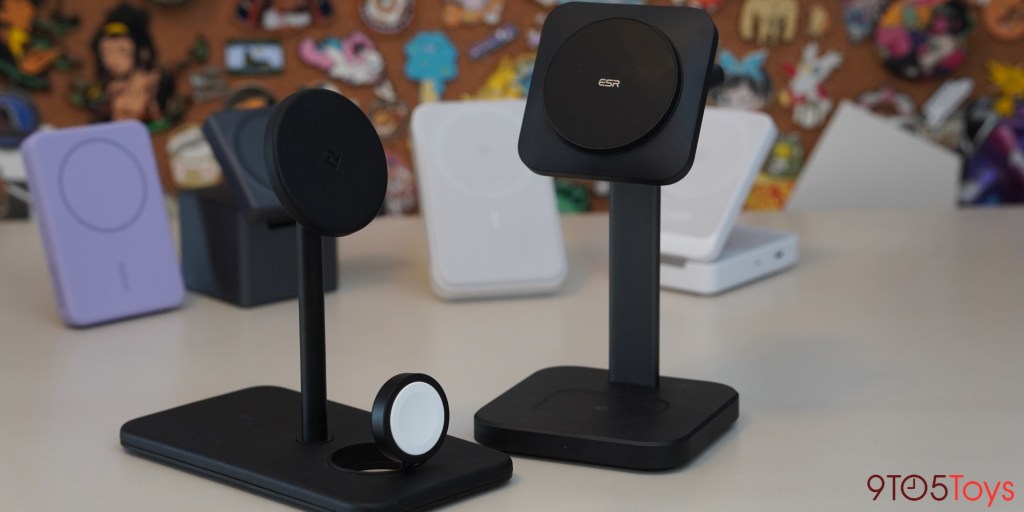
Here’s how the chargers actually stack up
After having reviewed quite a few Qi2 chargers and tons of MagSafe stands, my take is that MagSafe is still the way to go if you want the better accessory. Qi2 does offer a better value – especially with something like ESR’s new 3-in-1 stand. But if you’re looking for a higher-end charger, going with official MagSafe is going to be my reccomendation.
MagSafe chargers generally have higher-end builds that use better plastics, softer rubbers, or even more premium materials like stainless steel and leather. Obviously, your mileage will vary based on which actual charger you end up buying. But let me break down a few examples.
My personal favorite 3-in-1 charging stand is the Twelve South HiRise 3 Deluxe. It stands out from just about everything else on the market with a leather-wrapped build and all of the bells and whistles you’d expect from a charger carrying a $150 price tag. But it also goes above and beyond. It has a secondary Qi pad that can dish out 7.5W speeds – making it capable for more than just AirPods or true wireless earbuds. That’s something that you just won’t get with Qi2.
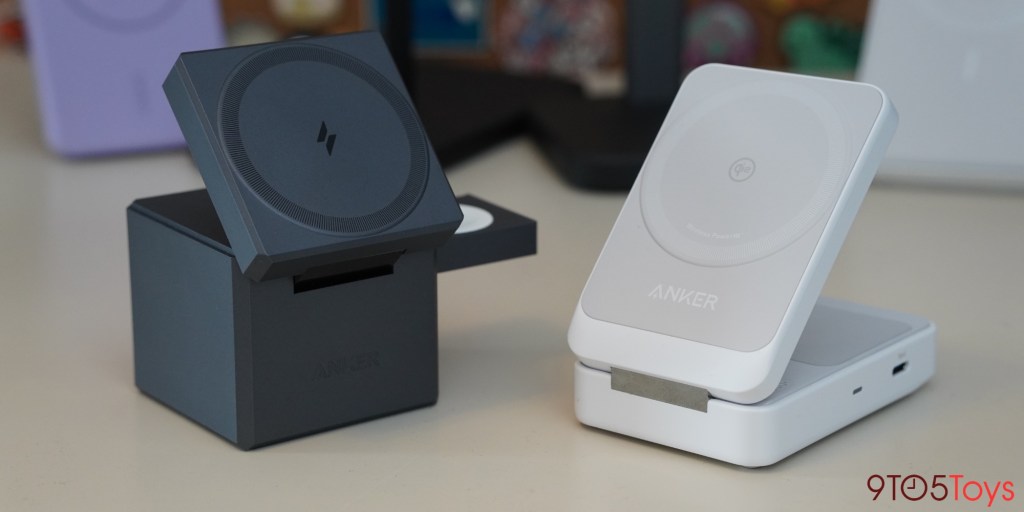
Anker’s 3-in-1 MagSafe Cube is another example. This is still my go-to travel charger – as far as 3-in-1 options go – thanks to its hefty build that’s as premium as they come. It’s compact, has Apple Watch Fast Charging, and folds up into a tiny little $150 cube. It feels high-end even on its own, but even more so when you put it right next to the new Qi2 option Anker launched in January. There just isn’t much of a comparison with quality.
On the other hand, Qi2 chargers are just going to be a better value. If you’re just looking to power your iPhone 15 at the full 15W for as little cash as possible, going with a Qi2 option is going to be the way to go. ESR sets the pace with a model that costs just $80 or less. Does it skip out on Apple Watch fast charging? Yeah, but if you really need that, you can upgrade to that 3-in-1 from Anker I just talked about for $110 or less.
It really does just come down to what you value more. If a charger built to match the quality of your iPhone and Apple Watch is where your mind goes for a nightstand upgrade – MagSafe it is. But if you’re looking to save some cash and don’t need to have every box checked, you’ll be happy with Qi2 and the compromises it makes.
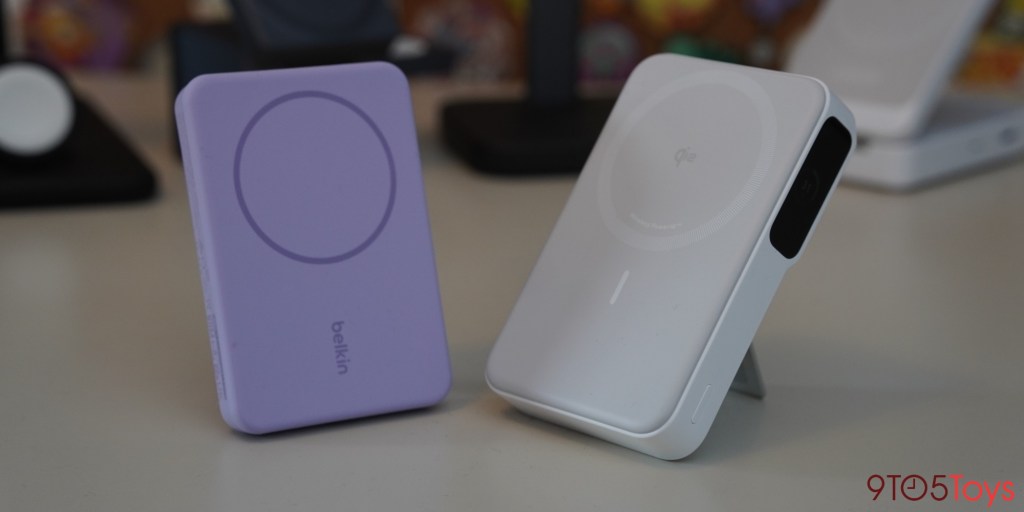
The story changes when it comes to power banks
That story changes quite a bit when you switch from at-home chargers to power banks. Even now, there just isn’t a MagSafe power bank that can actually dish out 15W speeds. Four years of Apple’s standard and even the Cupertino company wasn’t able to release a portable charger that was capable of hitting the full capacity of the charging spec. Qi2, on the other hand, has only been out for a few months and is already shipping gadgets that support the 15W output for Apple’s latest smartphones.
Over the years, I have reviewed a lot of magnetic power banks. Even the best of the bunch were limited to 7.5W speeds at most and often overheated after struggling to top off your iPhone. I’ve been having a completely different experience when it comes to Qi2 power banks.
So far, I’ve checked out a pair of Anker power banks equipped with the new charging standard. Both the 10,000mAh model and the foldable 6,600mAh versions can power your iPhone 15 at the full charging rate with the magnetic pad. The foldable one even manages to cut down on overheating issues by positioning the magnetic coil away from the actual internal battery.
If you want the best that money can buy, Qi2 is the route to take.
That comes from someone who has spent a lot of time with tons of other MagSafe power banks. My favorites, like Anker’s lineup or even Belkin’s colorful option, can’t hold a candle to the improvements offered by Qi2. Not to mention that the newer Anker models I’ve reviewed so far have premium builds that improve upon the 7.5W predecessors.
You can check out any of our full reviews for the chargers highlighted in this features down below by clicking on their respective images.
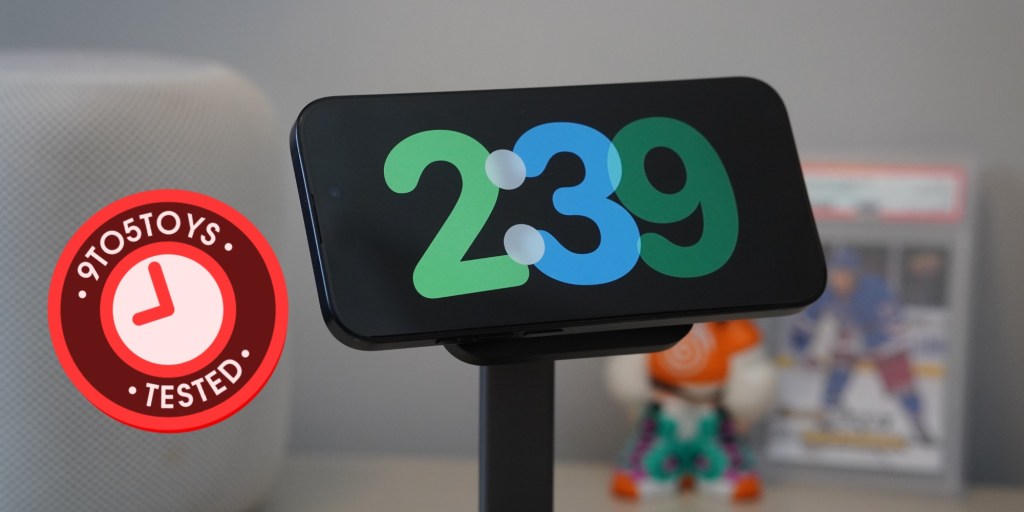
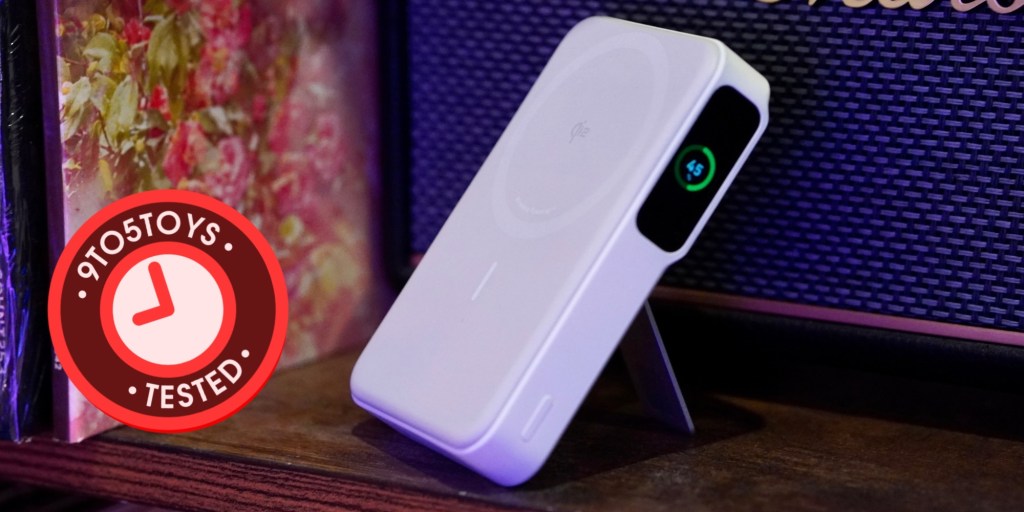
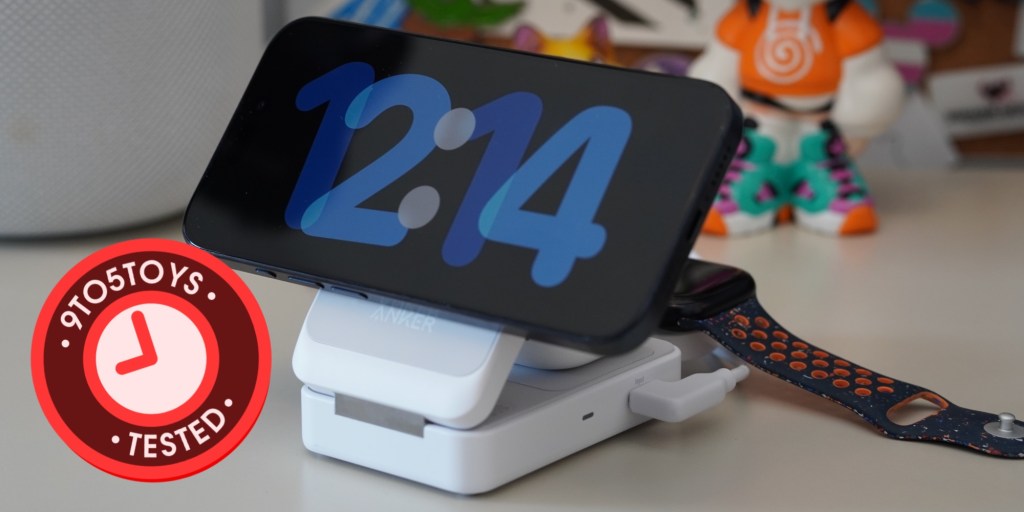
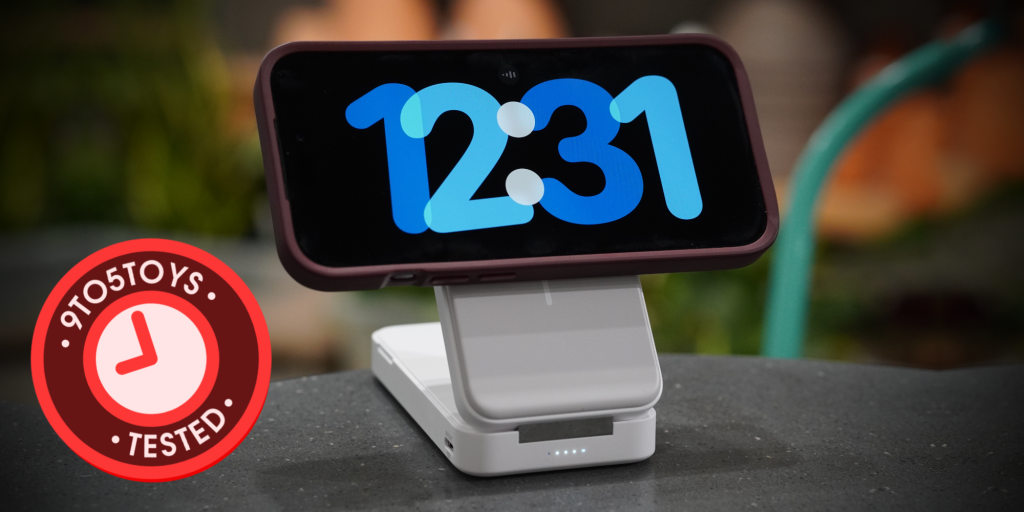
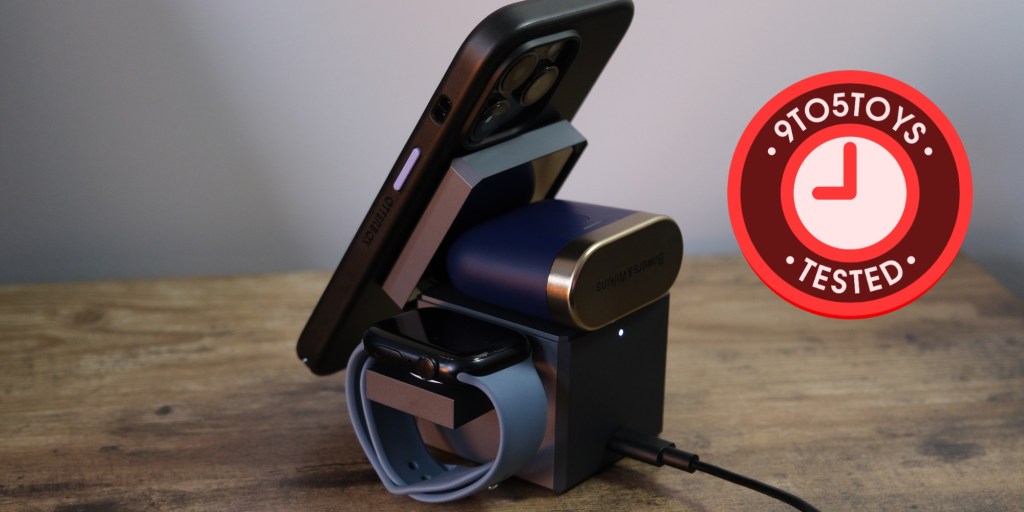
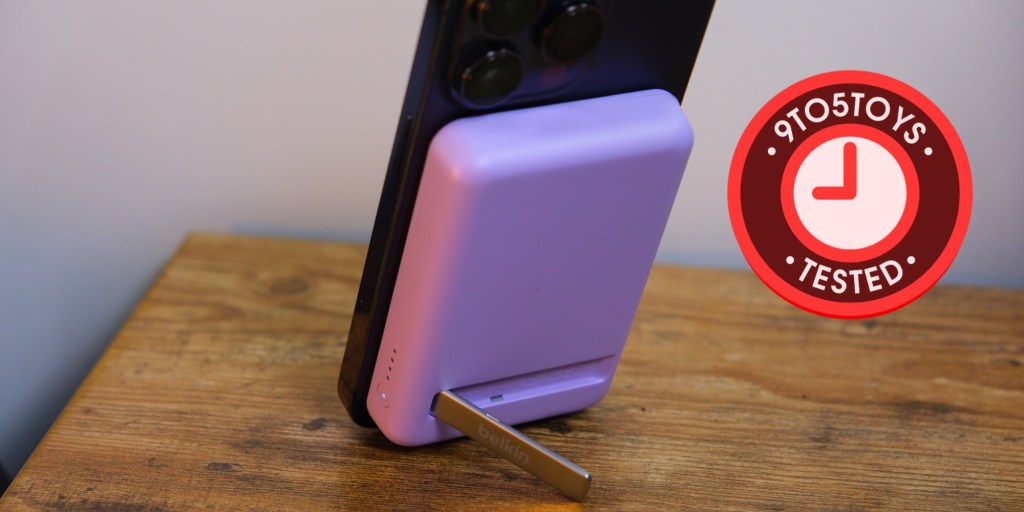
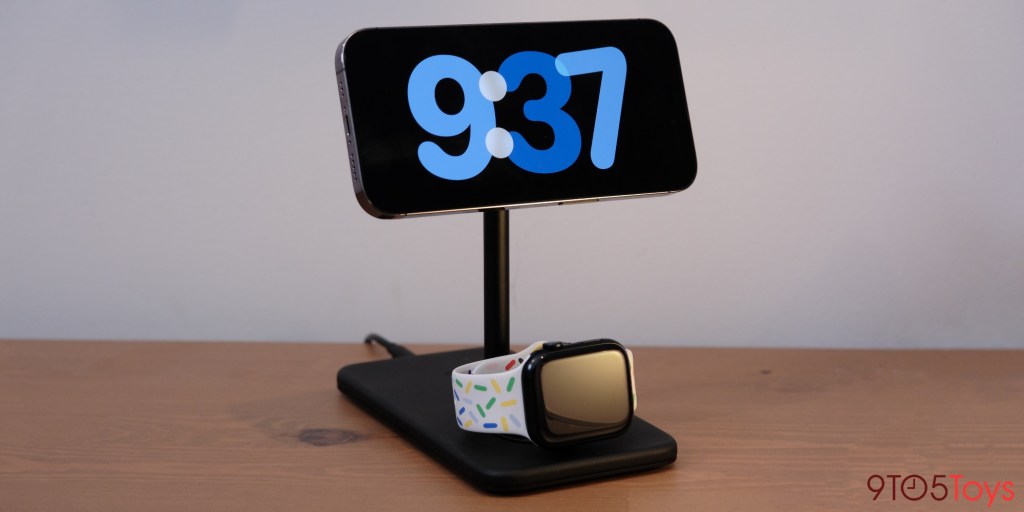
Subscribe to the 9to5Toys YouTube Channel for all of the latest videos, reviews, and more!





